4/23/22 – Updated to remove references to Pomodoro, a brand that advertised itself as made in Taiwan but turned out to be made in China. Boo.
Where it all started
Earl Tupper was an American inventor from Massachusetts. After making a few inventions that never took off, as well as a small business that failed during the Great Depression, Tupper went to work at a plastic manufacturing plant owned by DuPont. When World War II ended, DuPont encouraged plastics manufacturers to device peacetime uses for the material it had developed during the war. Tupper started experimenting with plastics and ended up creating the “Wonderbowl”, with its patented “burping” seal.
While the Wonderbowl won design awards, it never quite took off. But in the early 1950s a single mother with no formal business training named Brownie Wise started selling Tupperware at home parties. The concept of the “Tupperware Party” was born, joining the ranks of other multi-level marketing brands like Avon and Nutrilite. One thing I didn’t realize was that to this day, Tupperware Parties are still going on. The company still generates almost $2 billion a year in revenue.
The benefits of airtight storage
Tupper’s patents mostly expired in the 1980s, but his innovations continue to be used to this day. Sealing food in a container with a tight-fitting seal has multiple benefits. It can keep your food from absorbing moisture and smells in the air (keeping your cookies and cereal fresh). It can keep out bugs and other critters roaming your pantry. It won’t keep food from spoiling, but it will certainly reduce oxidation that would happen if your food was exposed to air.
Vacuum sealing is a way to take it to the next level. By sucking the air out of a container, you can prolong the shelf life by preventing oxidation. Vacuum sealing can also remove the air pockets that cause freezer burn. Vacuum sealing isn’t a replacement for refrigeration or freezing of perishable items, but it can certainly slow down mold growing on vegetables or avocados getting brown.
The drawbacks of China
There are a few things that should be clear to every one who buys stuff from China. If a subcontractor in China wants to win the business of an American or European company, it will cut corners as much as it possible can, knowing that the corporate executives will look the other way if it helps their earnings (and if things get out of hand, as it did in 2007 with melamine in pet food and lead in children’s toys, they’ll count on their PR departments and the short attention span of the American consumers to bail them out).
Also, in their rush to achieve dominance in manufacturing in the last two decades, China has become the world’s #1 polluter. Who in their right mind would allow anything coming out of China to touch their food (or indeed, to be their food).
And finally, just compare the plastic products coming out of China with products produced anywhere else. When my daughter saw me writing this, she reminded me that I broke her blue plastic shovel when we were at the beach last summer (I don’t have superhuman strength, I was just digging in the sand and it disintegrated on me). Funny thing is, I ended up buying her these German-made beach toys, and after digging some huge ditches in the sand and the snow, the shovel still looks like new. So instead of buying ten $2 shovels, all I need to do is buy one $8 shovel.
I focused on plastic containers in this blog post, but if you’re looking for glass containers you have a lot of options, from Anchor Hocking to Pyrex.
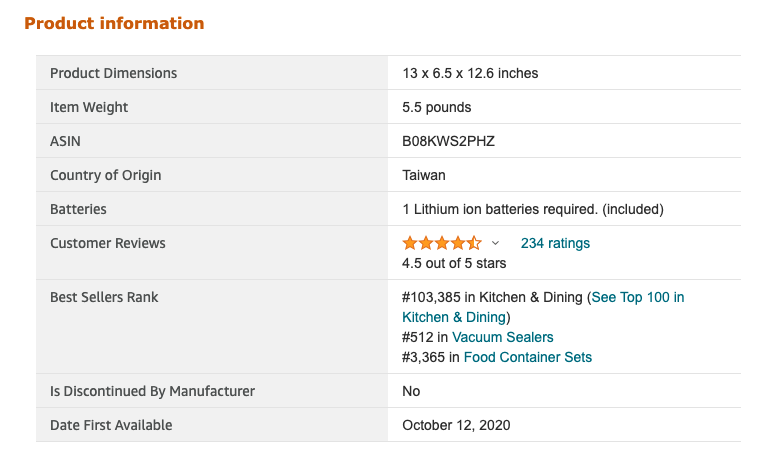
Originally, I’d recommended a brand called Pomodoro, which Amazon stated clearly on its Web site was made in Taiwan. I loved this brand so much that I bought two sets and told all my friends and family to as well. But a reader named Donna reported that her sets were made in China, and when I looked back at my own I realized to my horror that mine were as well.
This just goes to show you something. I spend hundreds of hours researching products to make sure they’re not made in China, and even I was fooled, hook, line, and sinker by this misleading Amazon product listing. I’m not going to go as far to say that Amazon or UrbanLabs (the US distributor) was intentionally trying to mislead me–what probably happened was that early versions of the product were made in Taiwan, and then they switched their manufacturing to China. But there is something nefarious in the fact that 1) you are unable to report false information on an Amazon product listing and 2) when you post a review that points out the false information, Amazon flags it and refuses to publish it.
This shows how vital it is to have a law that mandates that every online site publishes accurate information about Country of Origin. Read this thread I started on Reddit to see how you can help by writing to Congress to demand it.


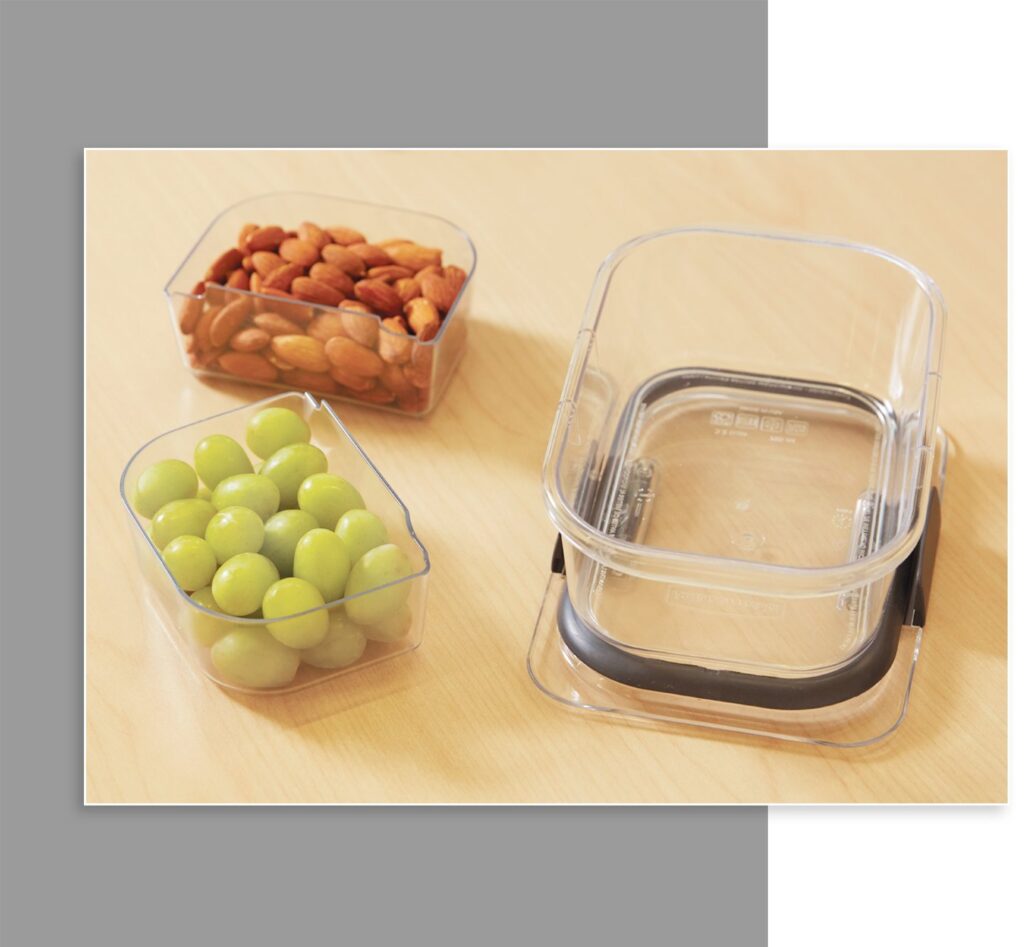
1. Komax Food Storage Boxes
Komax is a brand out of South Korea that makes BPA-free plastic food containers, ice coolers and trays, lunch box containers, and other products for pantry storage, freezer storage, and day-to-day use. They’ve been around for 47 years. It’s somewhat ironic that as brands like OXO and Chef’s Path (“Airtight”) run to China (where it’s highly questionable whether “BPA-free” really means “BPA-free”), brands like Komax are making inroads to American and European consumers who care about where their products are made.
As far as storage containers go, they don’t have the vacuum-sealing capabilities of Pomodoro, but they’re still head and shoulders above brands like OXO. Before I started avoiding made in China products, I bought a lot of OXO containers. ALL of them failed within a few months. OXO does “vacuum sealing” by having you press a giant button on top of the lid, but invariably the lid out pop off easily after a few days.
Komax has an award-winning design that physically locks the container on all four sides. Not only is air blocked from getting in, these containers will withstand drops (good if you have a 6-year old in the house–or a butterfingers 50 year old) and maintain their seal for as long as you want them to. They’re dishwasher, microwave, and freezer safe. And they use polypropylene as its plastic, which the EPA considers safer than other kinds of plastics. Something every consumer should know since 2007 is that with brands made in China, you have no idea what they’re using, regardless of what the label or product copy says.
Here are some of their top selling products.
Dry Food Storage Containers – 6 containers for sugar, flour, snacks
Rice Containers – perfect for those of us who have experienced the unpleasantness of critters getting into our rice bags. Comes complete with 4.5-oz measuring scoop.
Pasta/Spaghetti Container – Perfect for all kinds of noodles or pasta
Large Food Storage Container – Good for rice and other staples for you, but equally as good for dog and cat food.
Ice Cube Trays – I put this in only because I’ve been looking long and hard for a decent ice cube tray (I tried flimsy silicone trays and they’re awful). These are made of high-density polyethelene (HDPE, another “safe” plastic) and so they’re durable and pop out perfectly sized cubes every time.
There are many more options than I can list here, so check out their Amazon store. And send a message to OXO and Airtight. If you abandon America, Americans will abandon you.
2. Rubbermaid Brilliance
I was pleasantly surprised to find that most Rubbermaid food storage products are made in the USA.
Their Rubbermaid Brilliance Storage containers are among the best. These are 100% leak proof and airtight; they use a similar latch system as Komax to keep the container sealed and stack nicely in a refrigerator or cabinet. It uses BPA free tritan plastic that’s crystal-clear so you can always see what’s in it (and because of the airtight seal, you’ll like what you see).
This set has close to a whopping 50,000 reviews on Amazon and an average rating of 4.8 stars–even the China bots can’t drag this one down.
3. Zip Top Silicone Storage Bags and Containers
As I mentioned above, one of the top searches I see is for “reusable silicone bags not made in China”. Reusable silicone bags have become popular for people who find traditional plastic storage containers too rigid, but also don’t like the waste of disposable plastic bags.
The market leader for reusable silicone bags is Stasher. Not surprisingly, Stasher uses the weasel words “our Stasher bags are designed in California and made responsibly in China”. Put another way, one product designer in California gets paid once, but the millions and millions of dollars being spent making their wonderfully designed product goes to fund China workers and the CCP.
I was originally happy to see brands like Pyrex getting into the reusable silicone bag space, only to realize that all of the silicone products that bear their brand name are made in China.
I was geniunely happy to see a brand called Zip Top. Right on top of their Amazon storefront they say “Proudly Made in the USA”. On their Web site, you can read their origin story: in 2017 serial entrepreneur Rebecca Finell (who also founded Boon baby bottles) created her unique design for silicone products that would not only help people to stop using single-use plastics–they were an improvement over disposable plastic bags because of how they could stand up, stay open, and zip shut!
Her products use 100% platinum silicone which is not only durable (safe for the microwave, dishwasher, and freezer) but also safe–without the BPAs, fillers, or chemicals that are so prevalent in plastic manufacturing.
Stasher bags may have huge marketing and PR budget, but I only have two questions for anyone considering them. First, are you sure that the material and production of your silicone are really what they claim to be? And second, even if they are, does it bother you that every Stasher bag you buy goes to fund China’s growing hegemony?
So buy Zip Top, tell your friends about them, and let’s get them to the top of searches on Google and Amazon for reusable silicone bags by getting the word out!
4. Debbie Meyer GreenBags and GreenBoxes
Speaking of entrepreneurs, in 1999 a woman named Debbie Meyer invented a clever kitchen gadget for cutting cakes. She sold a ton of these on home shopping networks and she and her husband parlayed that initial success into building Housewares America, Inc. and the DEBBIE MEYER brand.
Where Debbie took off was when she released a product called GreenBags in 2005. Wikipedia has an unsourced claim that these were invented by a man in Poland, but this Houston Chronicle article says they were actually invented by a man in Africa, who introduced the idea to Lynn Everts, who to this day sells his own version of Green Bags. Debbie Meyer, perhaps seeing the writing on the wall that her cake cutter weren’t going to cut it for much longer, partnered with Everts and introduced them to thousands and thousands of home shoppers.
Green Bags claim to keep fruits and vegetables fresher longer by absorbing ethylene gas–the “secret ingredient” was oya clay, a kind of clay that absorbed the gas. These were all the rage in the early-2010s, but scientists debunked a lot of the claims of the bags when Debbie and Everts’ informercials got a little out of hand with their claims. The reality is, Green Bags aren’t going to help preserve food nearly as well as vacuum sealing does. Still, they continue to get rave reviews on Amazon (over 18,000 reviews as of this writing, averaging 4.5/5), and it’s clear that these reviews are legitimate. My guess is there’s a little science and a lot of confirmation bias going on–most of the people using Green Bags would probably get the same rules just using regular bags 🙂
Perhaps seeing the writing on the wall, Debbie Meyer released GreenBoxes. Housewares America was pretty clever here, using the brand equity that they build with GreenBags from 2005-2015 and parlaying it into selling plastic food storage containers (other than the name they don’t have a lot in common with GreenBags). I have to hand it to them that they produced a pretty good product–BPA-free, microwave and dishwasher safe, and made in the USA.
5. Curver Smart Cook Food Storage
Those of you who have been following this thread can see that I’d originally put as my top recommendation a brand that I used to love, only to discover that they blatantly lied on their Amazon product page, claiming their product was made in Taiwan when it was made in China. Heartbreakingly, I had to remove them from the list.
I was thrilled to see Paul leave a comment listing out many more alternatives from manufacturers in Europe. Since this site caters mostly to US-based shoppers (although of course all are welcome), I went through his list to find products that are widely available in the US. Happily, many of them are.
Curver is a Dutch brand that’s manufactured out of Europe and has been since 1949 (in 2005 they were acquired by Israeli-based company Keter Group, but they continue to be headquartered out of the Netherlands). Here in the US you can find them at The Container Store. I have not been able to independently verify that none of their products are made in China, so I’d encourage you to find them in a physical store first to check the box.
6. Sistema Food Storage Containers
Thanks to Paul and Fazal for mentioning this brand in the comments. Sistema products are made in New Zealand. Awesomely enough, it says so on every package in beautiful bold letters. Sistema has a few different product lines: TO GO (for day-to-day lunch use), MICROWAVE (for heating things up), KLIP IT (for storage of fresh food), and BAKE IT (for long-term storage of dry goods like flour, sugar, and cereal)
They stack nicely in storage or in a refrigerator and have a clip that holds the cover in place. Here is one of their more popular products–a rectangle food storage container available in four sizes. It has over 11,000 overwhelmingly positive reviews on Amazon.
Do you know of other reusable food container brands worthy of mention here? Let us know in the comments!
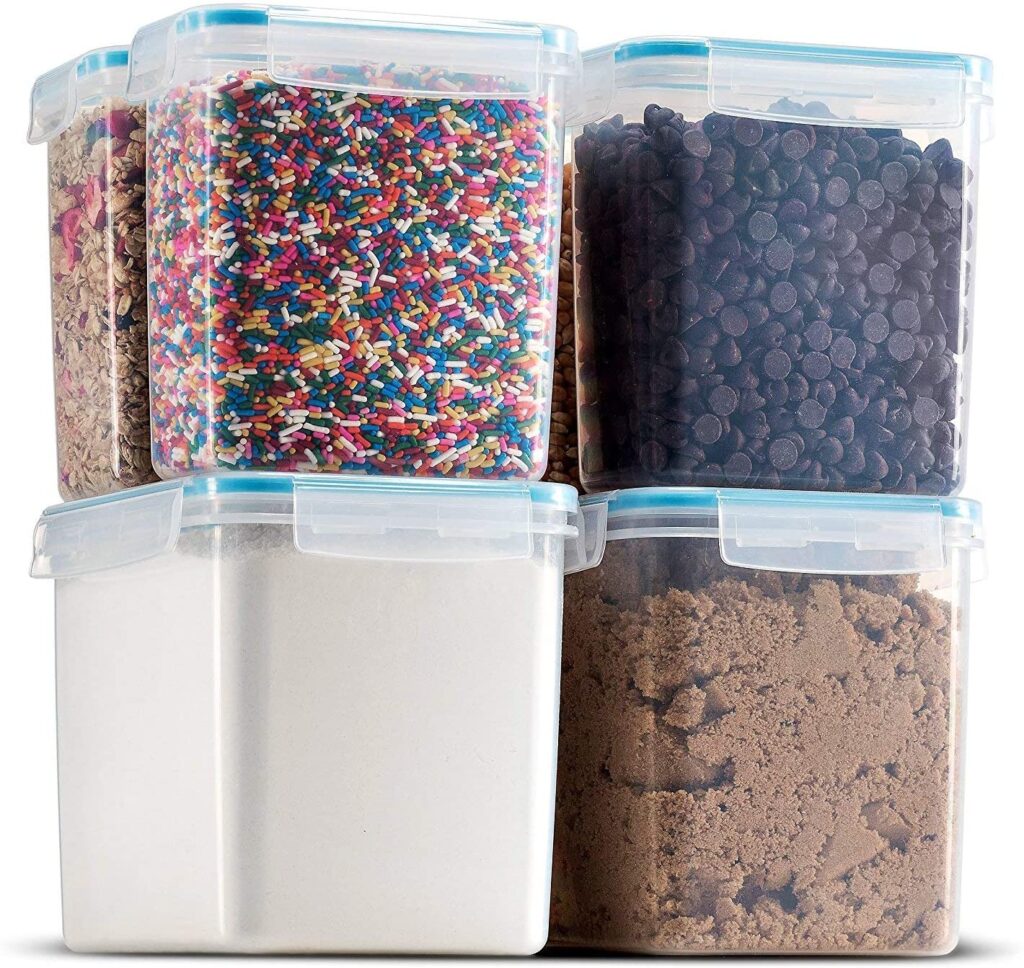
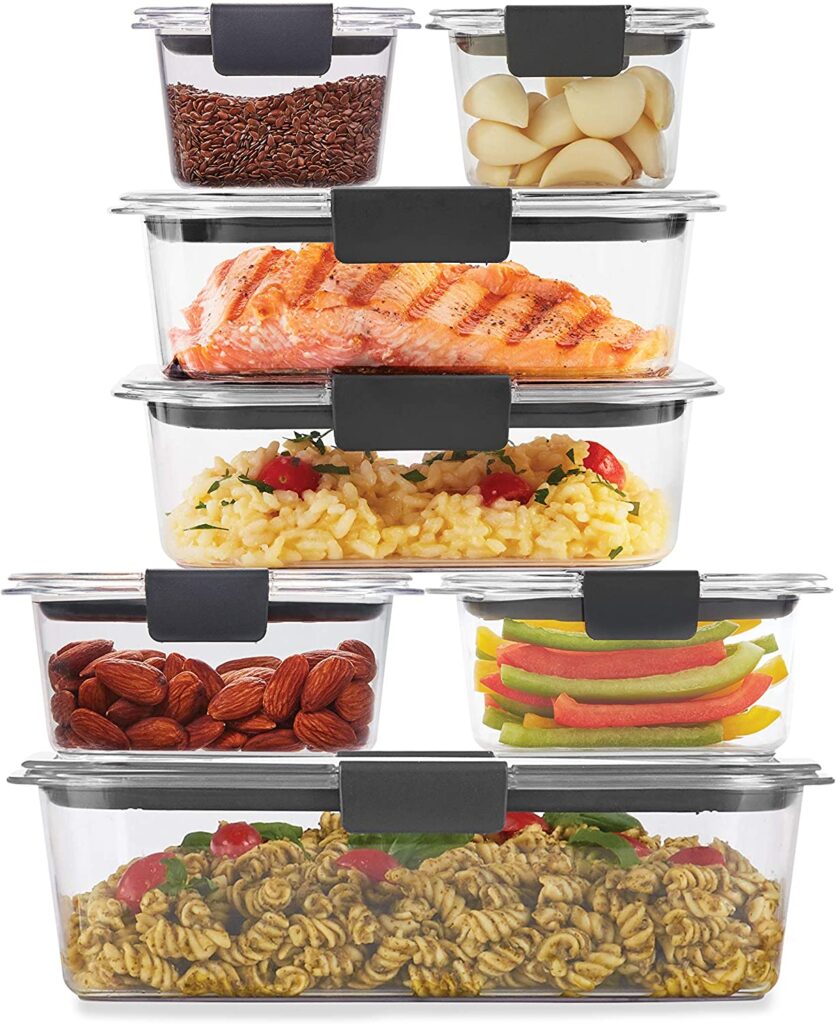

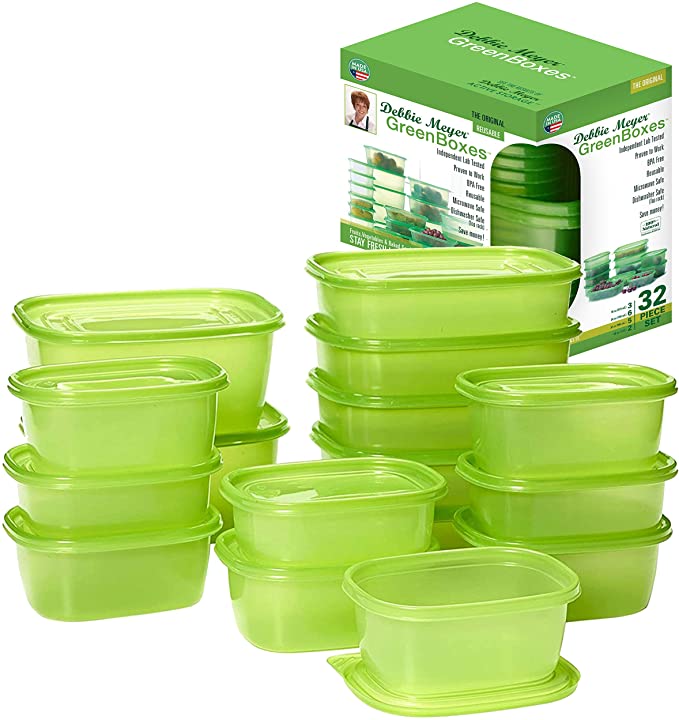


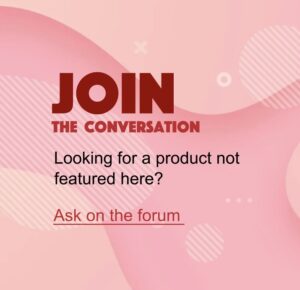
So glad I found your site. I try not to buy China made/manufactured products and have been searching for a couple of days for products made elsewhere for pantry storage products. Prefer USA but Taiwan, Brazil, Vietnam, South Korea, India – almost anywhere other than China is a preference. It’s frustrating when searching Amazon and you put in Made in USA – that everything comes up from everywhere. It seems if it is designed in the USA it “counts” as well.
I ordered Pomodoro containers because they weren’t made in China. I didn’t even look at where they were made because of your post. I have already unboxed and started using them when I looked on the flip side of the instructions and to my great disappointment it says made in China.
Hi Donna,
Thank you for reporting this. Needless to say, I am sick to my stomach. Not only did I enthusiastically recommend this brand here, I also did to all my friends and family. But you’re 100% right. I was able to confirm by looking at my own products that these are made in China.
This is maddening, but I came to the conclusion that they were made in Taiwan because it says so clearly on the Amazon product listing page, and I simply trusted them. Maybe this was true at one point, but clearly the product listing is completely inaccurate today (I submitted a request for them to change it, but I know right away they’re going to reject it).
Amazingly, it is not illegal for Amazon and its sellers to lie outright on their product listing pages like this. We need laws in the United States to mandate truthful country of origin be listed on all online retail sites.
https://www.reddit.com/r/avoidchineseproducts/comments/scxnii/if_you_want_congress_to_mandate_country_of_origin/?sort=new
I apologize that you had to go through this, but I thank you for your comments–I removed the recommendation completely from this page. Even if you opened the product already, if you ordered it from Amazon, I would call them and insist that you be able to return it at THEIR expense because clearly their product listing was misleading.
I doubt that Pomodoro Vacuum-Sealed Food Containers are made in Japan. The company may registered in Japan or website pretend to be Japan, yet I cannot find any reference clearly stated that the product is made in Japan. I suspect they are made in China instead. Over the years I found that any product not explicitly stated the country of original, 99% chance are made in China.
You’re correct. Donna reported correctly that they are made in China. I’ve removed them as a recommendation.
Nice products, you mentioned in your article, thanks for the info.
Here are some good alternatives that are available here in Europe, possibly also in the USA.
Curver – made in Europe
Emsa – made in Germany
Sistema – made in New Zealand
Mepal – made in the Netherlands
Pyrex – made in France
Valira – made in Spain
Plastic Forte – made in Spain
There is a lot of choice, it’s not needed to buy any food storage products from China.
Thanks as always, Paul. Funny, despite the hours of research I did into this topic, I completely missed those brands you mentioned. I love the fact that brands outside of the United States are sticking to their guns and not immediately selling out to the cheapest slave labor as so many US brands seem to be doing.
Your perspective is always appreciated…here in the US retailers tend to intentionally blind us with country of origin, so I’m glad where you are in Europe you can still see things clearly. I hope Americans who can afford it will pay the slightly higher cost to get high quality products sourced from Europe vs. shipped from China. Especially for things like this that touch food.
Sistema containers are made in New Zealand.
Love your work.
Another quality brand is Decor – all their products are made in Australia.
My understanding is that Rubbermaid lids are made in China. Could you confirm?
also, Pyrex is questionable. they’re false advertising is enough for me to look elsewhere.
https://www.reuters.com/world/us/pyrex-maker-settles-over-false-made-usa-claims-2023-01-18/
Another brand for storage is Anchor Hocking – made in the US. I just wish they’d bring back their glass water bottles. Impossible to find stainless steel or non-plastic water bottles in the US (even the BPA-free ones still react in the sun if you’re outside a lot).
I found these fantastic Made in Slovenia products.
The only vacuum boxes I can find that are made in Europe.
https://www.status-innovations.eu/product-category/vacuum-storage/vacuum-storage-without-electricity/food-vacuum-containers/
According to Status 90% of the products they offer are made in Slovenia.
The vacuum boxes and pumps are made in Slovenia, they confirmed me this by email.